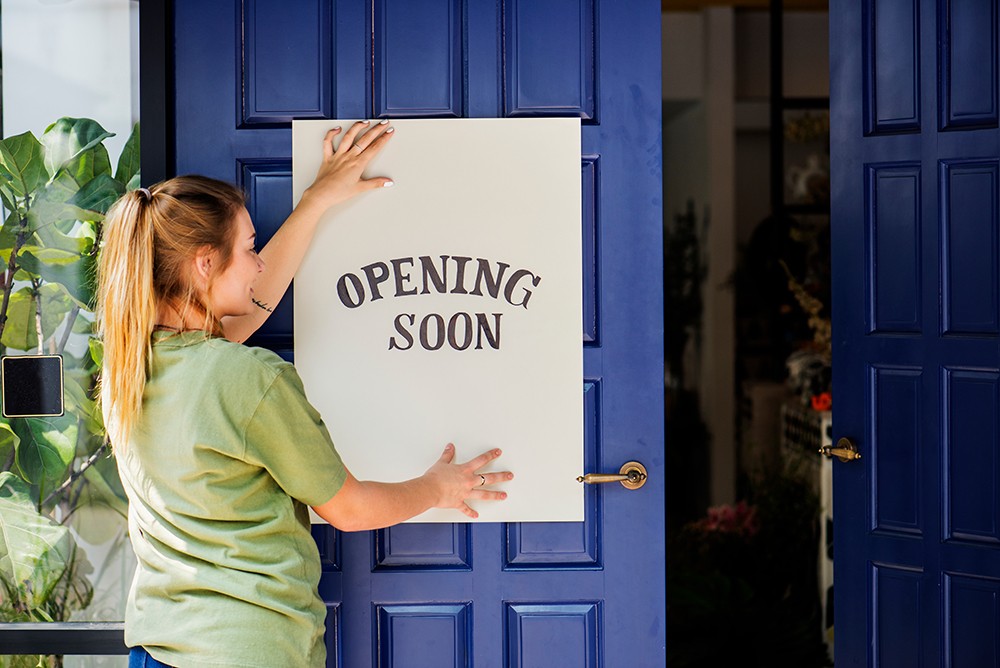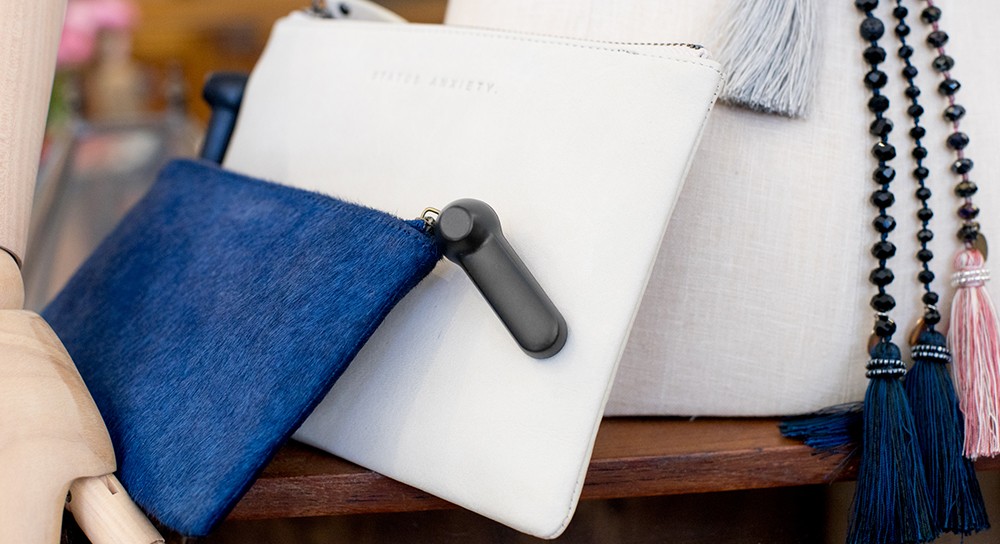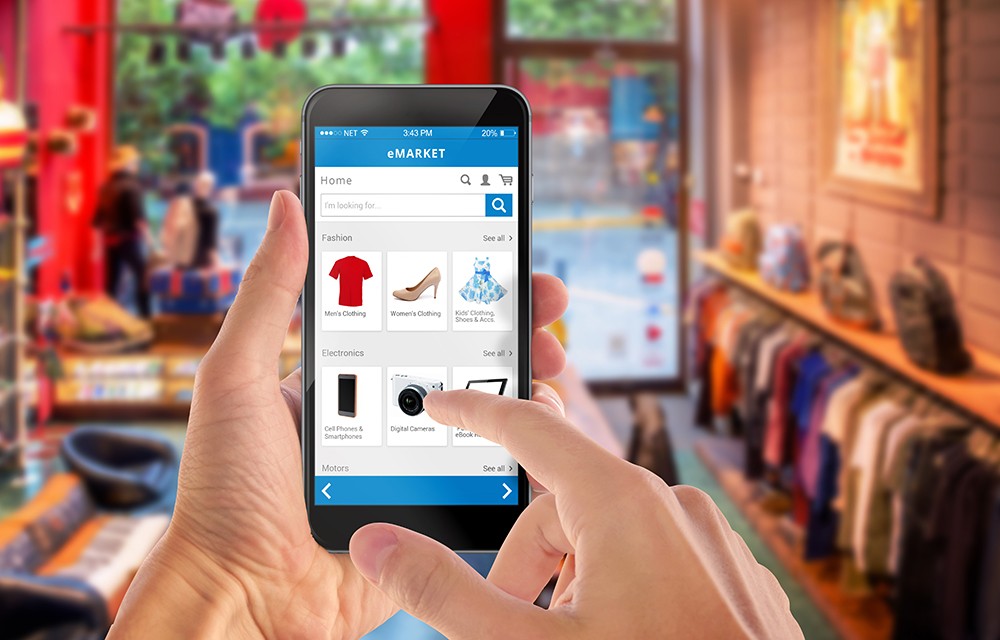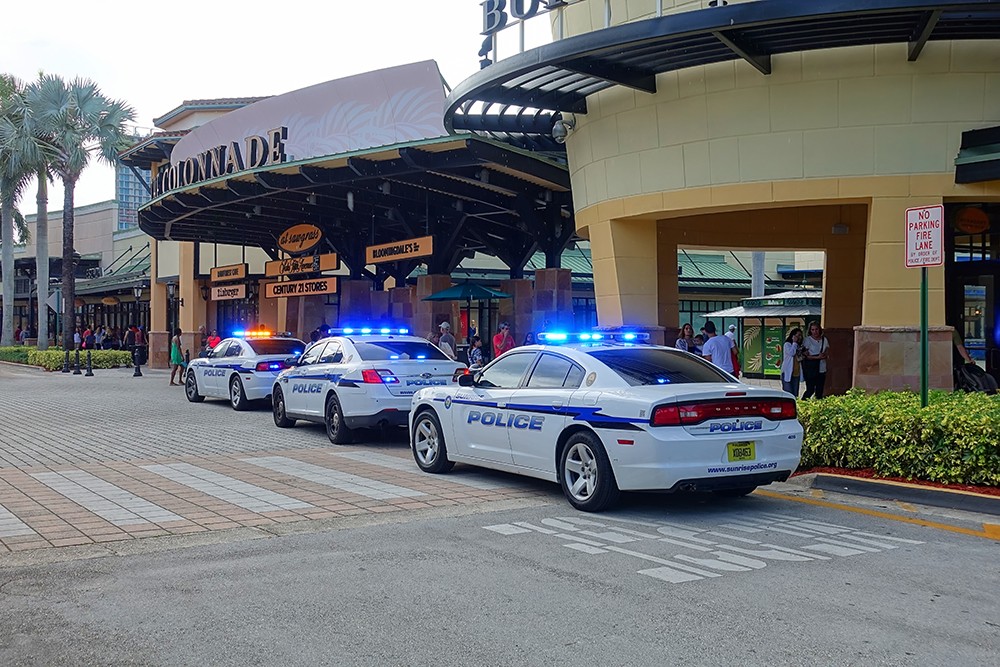
How to protect your new store using EAS
The shop fit out is complete, the stock on order and the Point of Sale in place…but what about the electronic article surveillance (EAS) that will guard your store against theft?
Make no mistake, once you flip that door sign to open, it’s not just authentic customers who will be excitedly perusing your wares, and EAS remains the most effective way of protecting individual products against shoplifting.
In this guide, we walk you through the top things to take into consideration to protect your new store using EAS.
Why EAS?
There are a number of ways to protect a retail outlet, and often the best loss prevention comes down to employing not just one strategy but a few simultaneously.
However, at a product-based level, EAS is the most widely utilized and effective tool to protect individual items against shoplifting.
Used by 73 per cent of retailers globally and reducing theft by an estimated 60-80 per cent, it sees each individual product monitored by tags or labels that communicate with surveillance antenna at the entryway to the store.
So, what do you need to consider when implementing EAS?
Types of EAS systems
There are two widely used types of EAS systems available, with the difference being the frequency at which they operate. Known as Radio Frequency (RF) or Acousto Magnetic (AM) systems, the differences between the two are as follows:
RF systems – The price of RF systems can range from very low cost for more basic RF systems through to high cost for advanced RF systems. RF offers the potential to upgrade to RFID with some RF antenna systems, and it’s available from a host of manufacturers.
On the downside, RF can offer a limited range of detection systems often restricted to pedestals, and the systems can be more susceptible to electronic and metallic interference.
AM systems – AM systems tend to offer a larger detection area, so antenna can be positioned further apart. This is ideal in retail scenarios where the entrance to the store is wide. These antennas can also be concealed in door structures or under the flooring. Meanwhile, AM is less susceptible to interference.
On the downside, the cost is often higher than RF, and antenna are not as easily upgraded to RFID.
You can learn more about the difference between RF and AM here, but once you have selected an antenna system, it’s time to consider the tags or labels you will use to protect your products.
Security tags and security labels

Hard security tags and security labels for both RF and AM systems come in a range of sizes and strengths with some incorporating additional benefit denial features like ink dye to make products less attractive to thieves.
Here are the major examples of the different types of products, the tag or label type generally used to secure them, and the factors you need to consider:
Clothing – Clothing is generally secured using hard tags which are available in a variety of strengths, shapes and with different operating mechanisms, and each of these factors adds up to improve the security of your items.
In today’s highly savvy shoplifting era, retailers need to arm themselves with security tags that cannot be defeated by detachers readily available online.
At a minimum, retailers should ensure their security tags include a large pin head and have either Hyperlock or Multipolar tag locking mechanisms that require special and hard to source detachers to unlock.
Fashion accessories – When it comes to fashion accessories such as handbags and shoes, they are most often secured using a cable tag or lanyard, rather than having a pin head pass through the actual product. Lanyards should incorporate high-strength cables that cannot be cut readily or pulled off by a thief. Meanwhile sunglasses can be guarded using purpose-designed optical tags.
Electronics – Due to their high resale value, electronics are one of the most frequently targeted items for theft. If on accessible display, electronics are usually secured to a stand complete with alarm, charger and lockable cable.
Electronic accessories – The accessories that accompany electronics are also some of the most frequently stolen items, but there are a host of ways to secure them. These include display hooks, multi-function tags, and stop locks.
Bottles – Whether it’s top-shelf liquor, or a rare bottle of red, there is a range of tags designed specifically for alcohol bottles, with straps, caps and secure locks available.
Small items – For small items like groceries or hardware, adhesive security labels are the best option due to their affordability and disposability, but you will need to factor in whether flat paper thin labels are preferred or small two dimensional labels.
It’s worth noting that pharmaceuticals often have a high foil content, so AM based systems are better suited to their security.
Detachers and deactivators
All tags require detaching and all labels require deactivation in order for a product to exit the store without setting off an alarm. Security tag detachers are often specific to the make or strength of tag your store utilizes.
Meanwhile, detachers are highly desirable items for any would-be thief so should be adequately secured at the point of sale, while still being readily and conveniently available to staff.
You can learn more about how EAS works and why it’s the preferred method of shoplifting prevention here.


